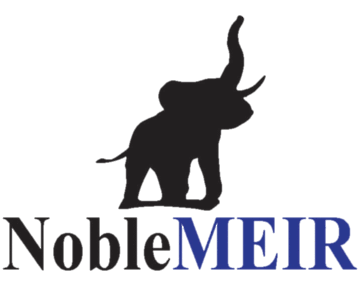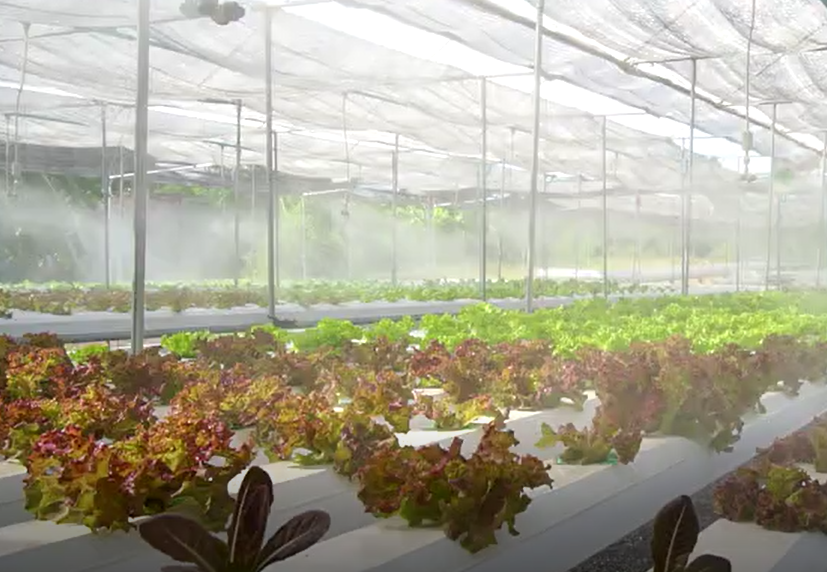via - University of Oxford News (2022) : Faced with population growth, environmental change, and increasing concerns over food security and sustainability – there is an increasing interest in Controlled Environment Agriculture (CEA). Commercial greenhouses and vertical farms promise a locally sourced, higher crop yield than open-field farming methods relative to growing space. In a recent report published in Nature Food, researchers evaluated the potential crop yield of six vegetables (chosen for nutritional value and suitability for CEA farming) relative to growing space. Using geospatial and mathematical modelling, the research team compared vertical farms (including land space for low-carbon operating energy), greenhouses and open-field farming in nine city areas, Reykjavik, Stockholm, Boston, Tokyo, Santiago, Johannesburg, Phoenix, Singapore and the UAE, all with differing land availability, climatic conditions and population density. The results confirmed that location was the determining factor when comparing the overall land needed to grow the six vegetables. In colder climates, greenhouses and vertical farms could reduce the net land footprint when compared with open-field farming (combined land use per capita). In warmer climates, open-field farming had a lower overall land footprint than vertical farms. Greenhouses had the smallest land footprint of the three produce farming methods in most of the regions modelled – not just the temperate, less seasonal regions – despite energy usage being highly location-dependent. Fluctuations in energy demand led to a higher cost per energy unit, particularly in colder regions where onshore wind was the predominant renewable, but commercial greenhouses had a lower energy demand per food unit. Open-field farming was the most land efficient production method in one region modelled – Santiago Reykjavik, with the shortest growing season for open-field farming and readily available renewable energy, was the only area of the nine modelled with a lower overall combined land-use footprint from vertical farms. The six vegetables included in the nutritional basket were bell pepper, broccoli, lettuce, tomato, spinach and summer squash. The paper ‘Regional conditions shape the food–energy–land nexus of low-carbon indoor farming’ can be read in Nature Food.
NobleMEIR-GWS-M series (Misting Watering systems) & GWS-F series (Fog systems)
NobleMEIR Misting and High Pressure Fog system(s) allow for a precise regulation of air humidity and temperature. This adiabatic process is energy efficient, reduces water usage and also ensures the CO2 remains longer within the greenhouse.
Master your climate - Misting and Fog systems come with temperature and humidity sensors to optimize plant production. The atomized water evaporates in the greenhouse. Regulating and optimizing humidity and temperature can help prevent decay by allowing you to regulate moisture absorption into crop leaves. Misting and Fog systems reduce the amount of water consumption compared to common sprinkler and/or pad & fan systems.
NobleMEIR-GWS-H series (Hydroponic and Verticle Watering systems)
Hydroponics is the practice of growing plants in a soilless medium and using water to provide a rich and balanced diet.
Vertical farming looks to save space by using a vertical growing space instead of the conventional horizontal method.
These two agricultural practices can be combined or performed independently. Both are great methods to improve crop yields.
NobleMEIR’s watering systems provide filtered, recycled, nutrient rich, balanced water - as well as a significant reduction in water usage compared to conventional open-field farming.
Available anywhere in the world, we design and modify systems to provide the optimum controlled environment for growing a wide range of horticultural, floriculture and agricultural products in all environments and climates. In addition to Herbs and other shallow root crops – our designs can also produce almost any Botanical Product used in the: Agriculture, Pharmaceuticals, Nutritional Supplements, Flavors, Fragrances and more. Growing in a controlled environment gives farmers the ability to produce consistent quality all year around – with no effects from: seasons, weather, animals, insects.
NobleMEIR provides: Designs/concepts, our custom mobile grow trailers, custom greenhouse designs and installation, along with service and spare parts like: Temperature controllers, humidity sensors, growing media, pH controllers, automated fertilizer and nutrient feeders, air and CO2 injectors, fan and air systems, vertical grow racks, grow trays, grow cubes, energy efficient grow lights, additional water reservoir systems, pumps, valves, piping.
Control your climate and optimize your crop production possibilities with our watering solutions.
Please contact us for a quote or more information about NobleMEIR’s Watering systems for Controlled Agricultural Environment systems.













